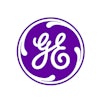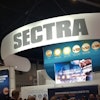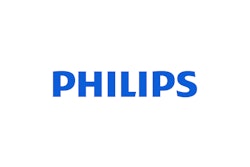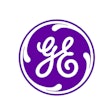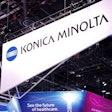
VIENNA - The use of speech recognition has dramatically improved report turnaround times at a Vienna hospital, according to a presentation on Sunday at the 2002 European Congress of Radiology. The study’s presenter, Dr. Thomas Ybinger of Kaiser Franz Josef Hospital, predicts that speech recognition will achieve routine use in healthcare institutions.
Kaiser Franz Josef is a 740-bed facility that implemented speech recognition in April 1998, becoming the first Austrian hospital to do so. The reasons behind the hospital's interest in the technology are familiar: It needed to cope with a rising patient workload with the same number of personnel, Ybinger said. Kaiser Franz Josef’s radiology department sees approximately 77,000 patients a year.
The hospital purchased a speech recognition system from Philips Speech Processing, also of Vienna. The system has been integrated with the facility’s RIS and PACS networks, both of which were provided by Siemens Medical Solutions of Erlangen, Germany.
The implementation process was slow at first, according to Ybinger. Radiologists at the department were less than enthusiastic about the new technology, and the facility was using an early version of the software with computers that are underpowered compared to today’s models.
But the department persisted, achieving a 90% usage rate at the end of the first year. At present, 98% of all studies are reported using speech recognition, and 250,000 reports have been processed since the system was turned on. Now only very short reports are created without it.
Speech recognition has dramatically improved the department’s reporting times, Ybinger said. The time from the end of the dictation process to the production of a report has dropped from 13 hours to 8 hours, an improvement of 35%. Some 95% of the department’s reports are signed off on the same day, he said, and radiologists can produce reports independently and instantly during off-hours, such as on nights and weekends.
The productivity of the department’s administrative staff has also improved. Secretaries are now 40% more productive compared to digital dictation, and this frees them to work on other tasks.
Ybinger had words of advice for facilities considering speech recognition:
- The speech recognition system should be totally integrated with a facility’s RIS.
- Ensure that the radiology team is completely motivated to make speech recognition work.
- Provide for professional system administration.
- Do not shift the dictation staff’s workload to radiologists for proofing cases.
- Do not fire your dictation personnel once speech recognition is implemented.
Kaiser Franz Josef found that well-trained dictation assistants were crucial in helping to build the database of key terms used by the system. In the early stages of speech recognition implementation, the system learns through the correction of mistakes that are made when it misinterprets words, such as terms that sound the same but that have different meanings.
If these terms are corrected with precision from the beginning, the system builds an accurate database of terms. If not, then imperfections enter the database that will have to be corrected later, Ybinger said.
The department’s experience with speech recognition was validated when it turned the system off to gather data for today’s study on report turnaround times without the technology. After a week without speech recognition, they soon recognized its value.
"After we switched it off, everybody realized how good the system was and how much we needed it," Ybinger said. "It improves your workflow."
By Brian CaseyAuntMinnie.com staff writer
March 3, 2002
Copyright © 2002 AuntMinnie.com
